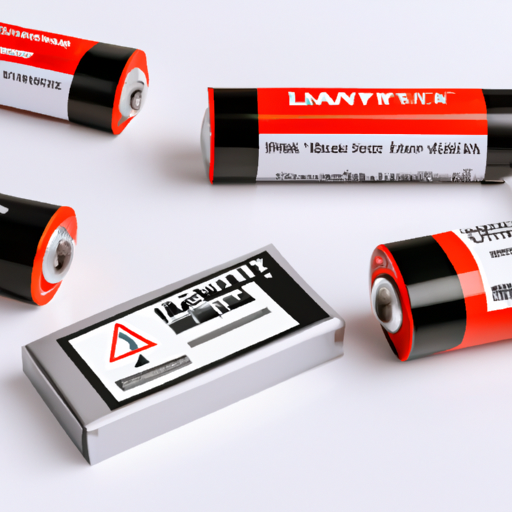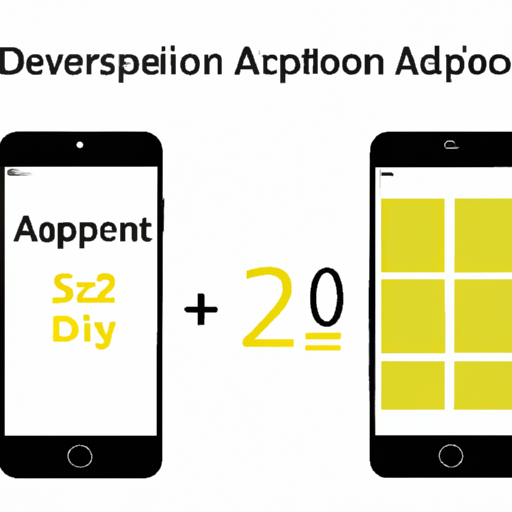Important Product Categories of Lithium Battery Product Specifications
I. Introduction
Lithium batteries have become a cornerstone of modern technology, powering everything from smartphones and laptops to electric vehicles and renewable energy systems. As the demand for efficient and reliable energy storage solutions continues to grow, understanding the specifications of lithium batteries is crucial for consumers, manufacturers, and engineers alike. This article aims to provide a comprehensive overview of the important product categories of lithium battery specifications, helping readers make informed decisions when selecting the right battery for their needs.
II. Understanding Lithium Battery Basics
A. Definition of Lithium Batteries
Lithium batteries are rechargeable energy storage devices that utilize lithium ions to move between the anode and cathode during charging and discharging cycles. This movement of ions is what allows these batteries to store and release energy efficiently.
B. Types of Lithium Batteries
There are several types of lithium batteries, each with unique characteristics and applications:
1. **Lithium-ion (Li-ion)**: The most common type, known for its high energy density and efficiency. Li-ion batteries are widely used in consumer electronics and electric vehicles.
2. **Lithium polymer (LiPo)**: These batteries use a polymer electrolyte instead of a liquid one, allowing for flexible shapes and sizes. They are often found in drones and RC vehicles due to their lightweight and compact design.
3. **Lithium iron phosphate (LiFePO4)**: Known for their thermal stability and safety, LiFePO4 batteries are commonly used in electric vehicles and stationary energy storage systems.
C. Common Applications of Lithium Batteries
Lithium batteries are utilized in various applications, including:
- Consumer electronics (smartphones, laptops, tablets)
- Electric vehicles (EVs)
- Renewable energy systems (solar storage)
- Medical devices (pacemakers, portable diagnostic equipment)
- Power tools and gardening equipment
III. Key Product Categories of Lithium Battery Specifications
When selecting a lithium battery, several key specifications must be considered:
A. Capacity
1. **Definition and Significance**: Capacity refers to the amount of energy a battery can store, typically measured in milliampere-hours (mAh) or ampere-hours (Ah). A higher capacity indicates a longer runtime for devices.
2. **Measurement Units**: Common units include mAh for smaller batteries (like those in smartphones) and Ah for larger batteries (like those in electric vehicles).
3. **Impact on Performance and Usage**: Understanding capacity helps users gauge how long a device will operate before needing a recharge. For instance, a smartphone battery with a capacity of 3000 mAh may last longer than one with 2000 mAh under similar usage conditions.
B. Voltage
1. **Nominal Voltage vs. Maximum Voltage**: The nominal voltage is the average voltage a battery provides during discharge, while the maximum voltage is the peak voltage when fully charged. For example, a typical Li-ion cell has a nominal voltage of 3.7V and a maximum voltage of 4.2V.
2. **Importance in Device Compatibility**: Different devices require specific voltage levels to operate correctly. Using a battery with an incompatible voltage can damage the device or lead to suboptimal performance.
C. Discharge Rate
1. **Definition and Measurement (C-rate)**: The discharge rate, often expressed in C-rate, indicates how quickly a battery can release its stored energy. A 1C rate means the battery will discharge its entire capacity in one hour.
2. **Importance for High-Drain Applications**: High-drain devices, such as power tools and electric vehicles, require batteries with higher discharge rates to function effectively. Understanding the C-rate helps users select batteries that can meet their power demands.
D. Cycle Life
1. **Definition and Significance**: Cycle life refers to the number of complete charge and discharge cycles a battery can undergo before its capacity significantly diminishes. A longer cycle life indicates better longevity and value.
2. **Factors Affecting Cycle Life**: Factors such as temperature, charge/discharge rates, and depth of discharge can impact a battery's cycle life. For instance, consistently discharging a battery to its full capacity can shorten its lifespan.
E. Charge Time
1. **Definition and Importance**: Charge time is the duration required to fully recharge a battery. Faster charging capabilities are increasingly important in today's fast-paced world.
2. **Fast Charging vs. Standard Charging**: Fast charging technologies can significantly reduce charge times, making them ideal for applications where downtime is critical. However, fast charging can also generate more heat, potentially affecting battery longevity.
F. Temperature Range
1. **Operating Temperature Limits**: Lithium batteries have specific temperature ranges within which they operate optimally. Exceeding these limits can lead to reduced performance or safety hazards.
2. **Effects of Temperature on Performance and Safety**: High temperatures can increase the risk of thermal runaway, while low temperatures can reduce capacity and efficiency. Understanding these limits is crucial for safe and effective battery use.
G. Size and Weight
1. **Importance in Design and Application**: The size and weight of a battery can significantly impact the design and usability of the device it powers. For instance, lightweight batteries are preferred in portable electronics, while larger batteries are necessary for electric vehicles.
2. **Common Form Factors**: Common lithium battery form factors include cylindrical cells (like 18650 and 21700) and prismatic cells. Each form factor has its advantages and is suited for different applications.
H. Safety Features
1. **Built-in Protection Circuits**: Many lithium batteries come with built-in protection circuits to prevent overcharging, over-discharging, and short circuits, enhancing safety during use.
2. **Thermal Runaway Prevention**: Advanced battery designs incorporate features to mitigate the risk of thermal runaway, a condition where a battery overheats and can catch fire.
3. **Certifications and Standards**: Safety certifications (such as UL and CE) indicate that a battery meets specific safety standards, providing consumers with peace of mind regarding their purchase.
IV. Additional Considerations in Lithium Battery Specifications
A. Environmental Impact
1. **Recycling and Disposal**: As lithium batteries become more prevalent, proper recycling and disposal methods are essential to minimize environmental impact. Many manufacturers are now focusing on creating batteries that are easier to recycle.
2. **Sustainable Sourcing of Materials**: The sourcing of lithium and other materials used in batteries raises environmental concerns. Sustainable practices are becoming increasingly important in the battery manufacturing process.
B. Cost Factors
1. **Price Variations Across Categories**: The cost of lithium batteries can vary significantly based on type, capacity, and brand. Understanding these variations helps consumers make budget-conscious decisions.
2. **Long-term Value vs. Upfront Cost**: While some batteries may have a higher upfront cost, their longer lifespan and better performance can provide better long-term value.
C. Brand Reputation and Reliability
1. **Importance of Manufacturer Reputation**: Choosing batteries from reputable manufacturers can ensure quality and reliability. Established brands often have a track record of performance and safety.
2. **Customer Reviews and Feedback**: Researching customer reviews and feedback can provide insights into a battery's real-world performance, helping consumers make informed choices.
V. Conclusion
Understanding the important product categories of lithium battery specifications is essential for anyone looking to select the right battery for their needs. From capacity and voltage to safety features and environmental considerations, each specification plays a crucial role in determining a battery's performance and suitability for various applications. As technology continues to evolve, staying informed about these specifications will empower consumers to make educated decisions, ensuring they choose the best lithium battery for their devices.
VI. References
- Battery University. (n.d.). Lithium-ion Battery. Retrieved from [Battery University](https://batteryuniversity.com)
- International Electrotechnical Commission (IEC). (n.d.). Standards for Lithium Batteries. Retrieved from [IEC](https://www.iec.ch)
- U.S. Department of Energy. (n.d.). Lithium-Ion Battery Recycling. Retrieved from [DOE](https://www.energy.gov)
This comprehensive overview of lithium battery specifications not only highlights the critical factors to consider but also encourages readers to stay informed about future trends in battery technology. As the demand for efficient energy storage solutions continues to rise, understanding these specifications will be more important than ever.













